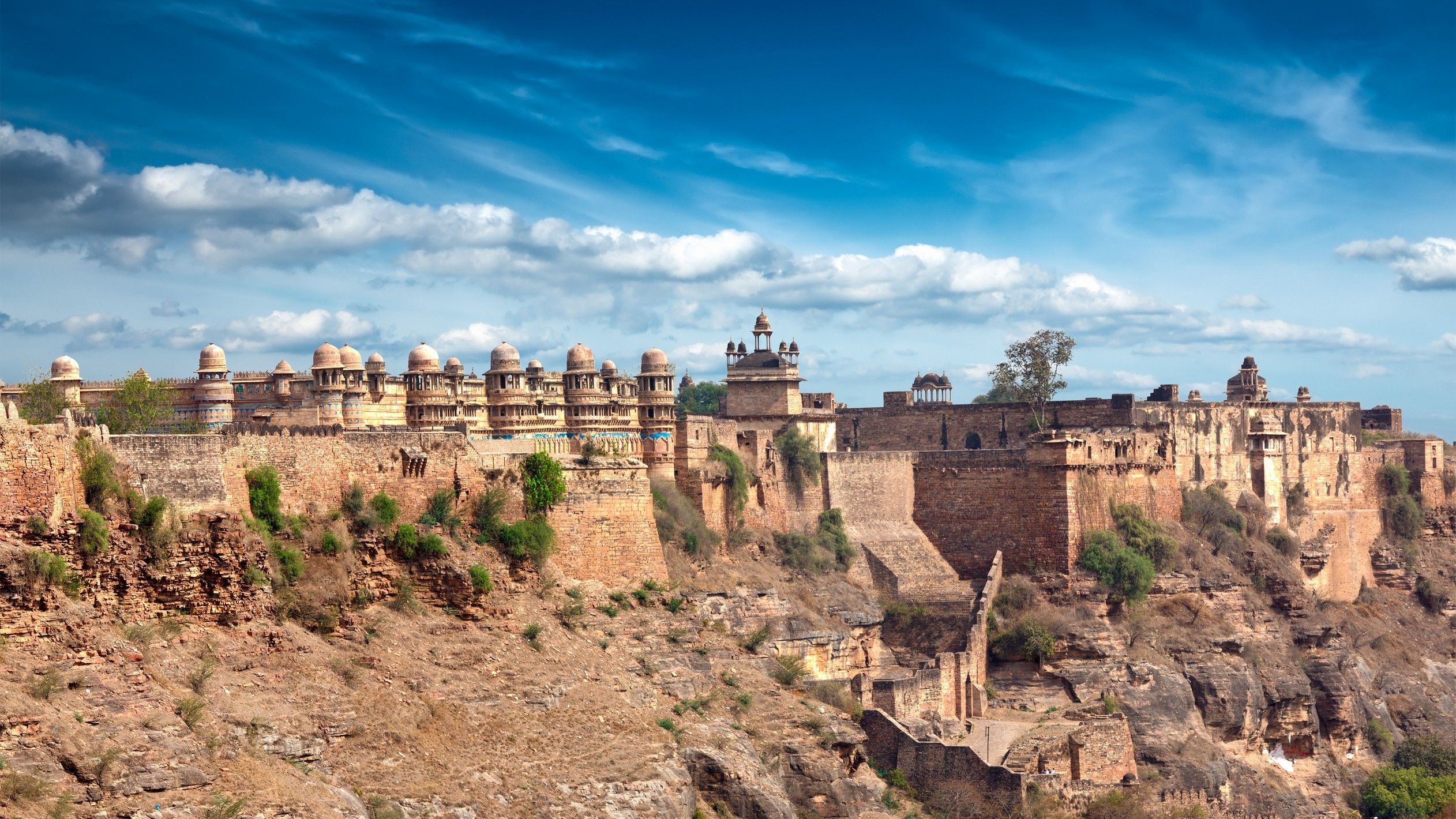BLOG 10: Bhimbetka Rock Shelters and Prehistoric Wall Paintings & Bhojpur Shiva Temple
已发表: 04.03.2024
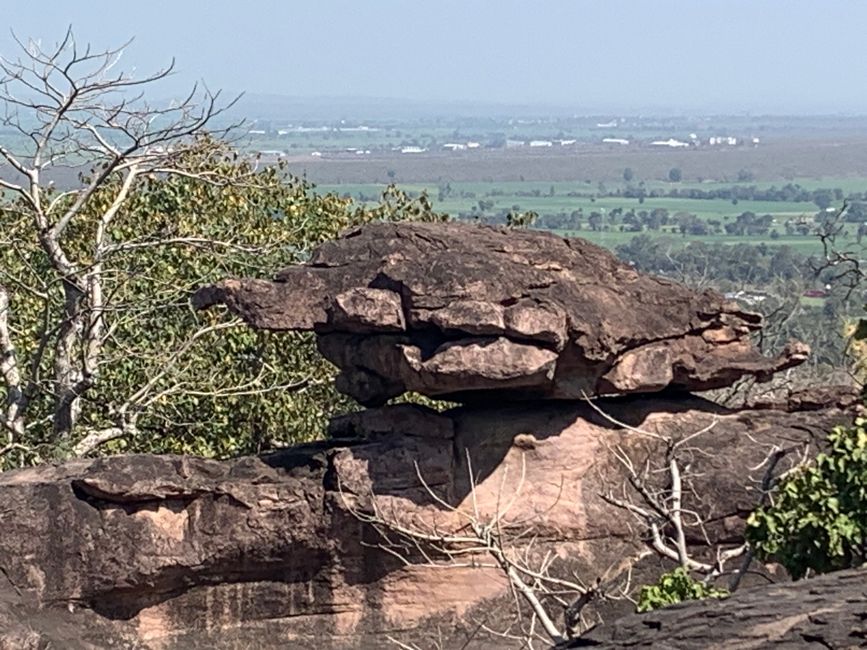
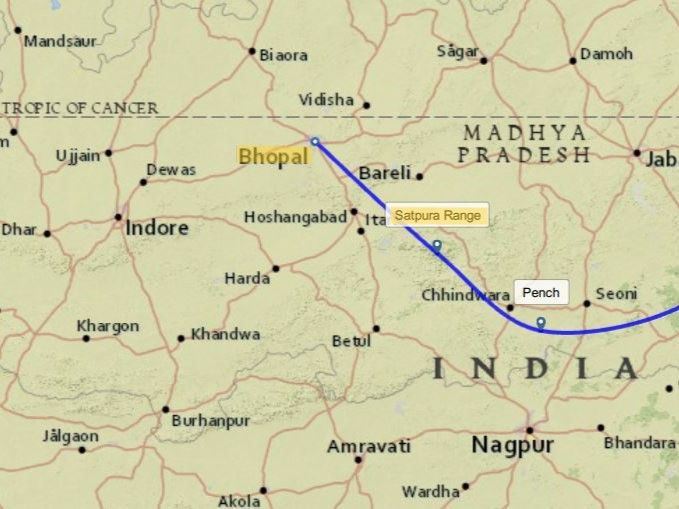
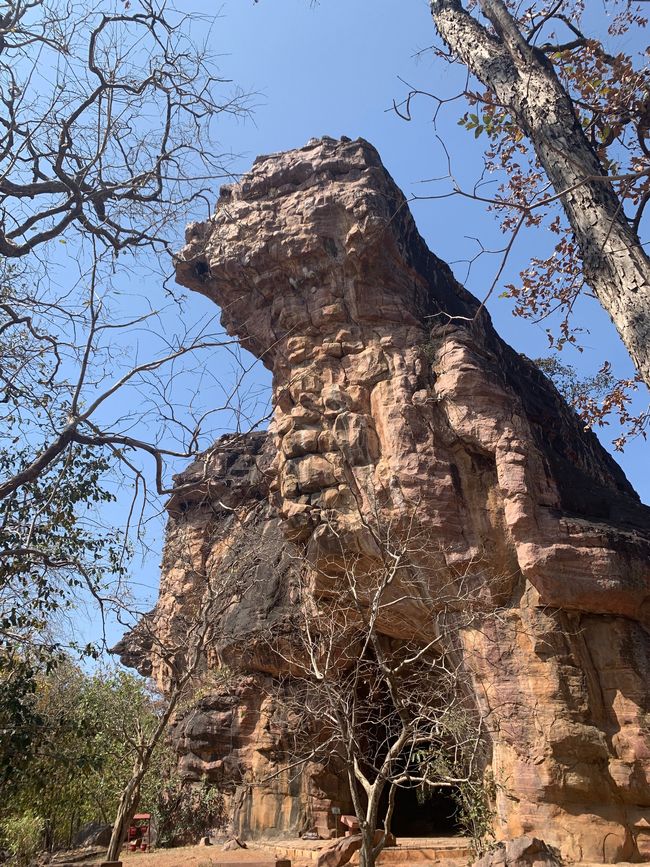



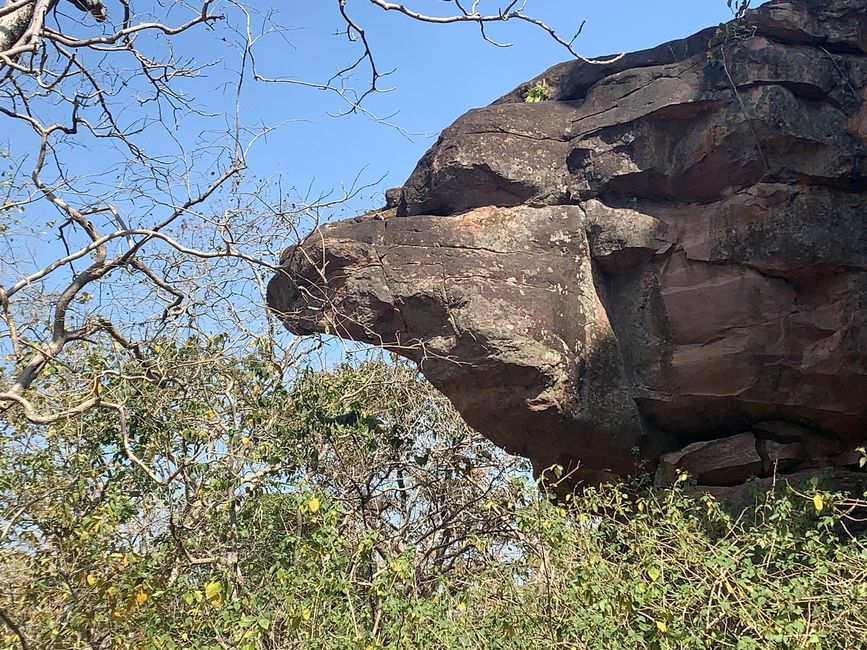
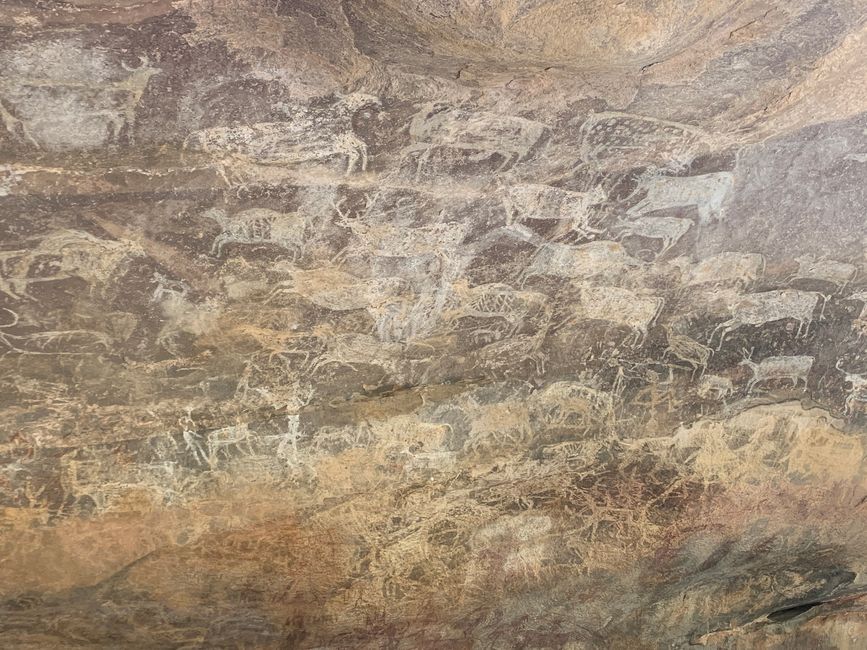
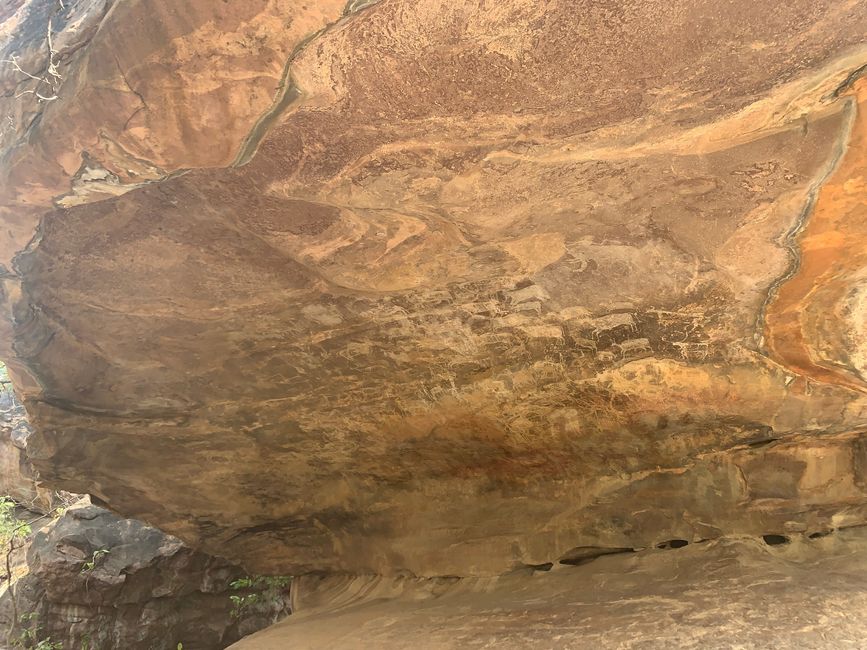
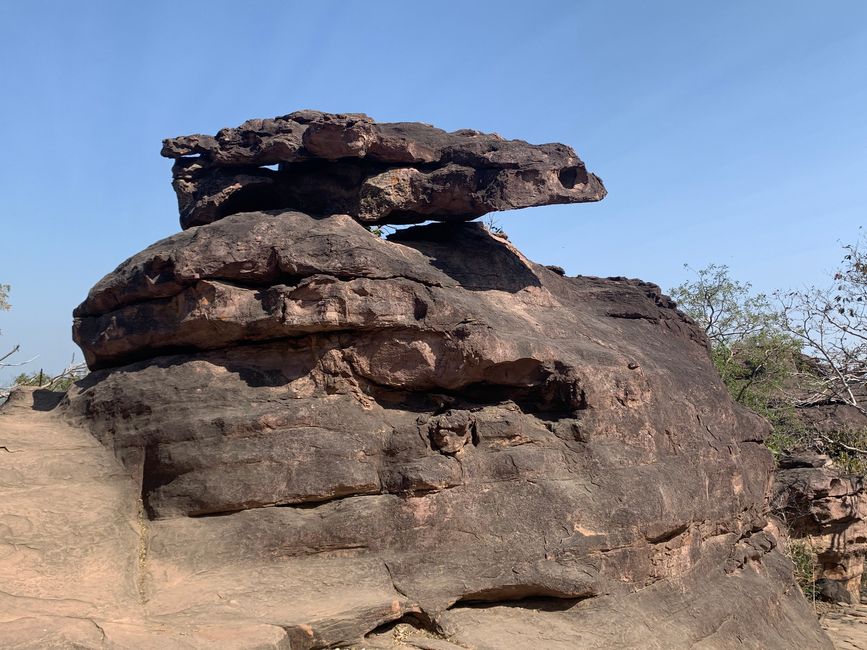


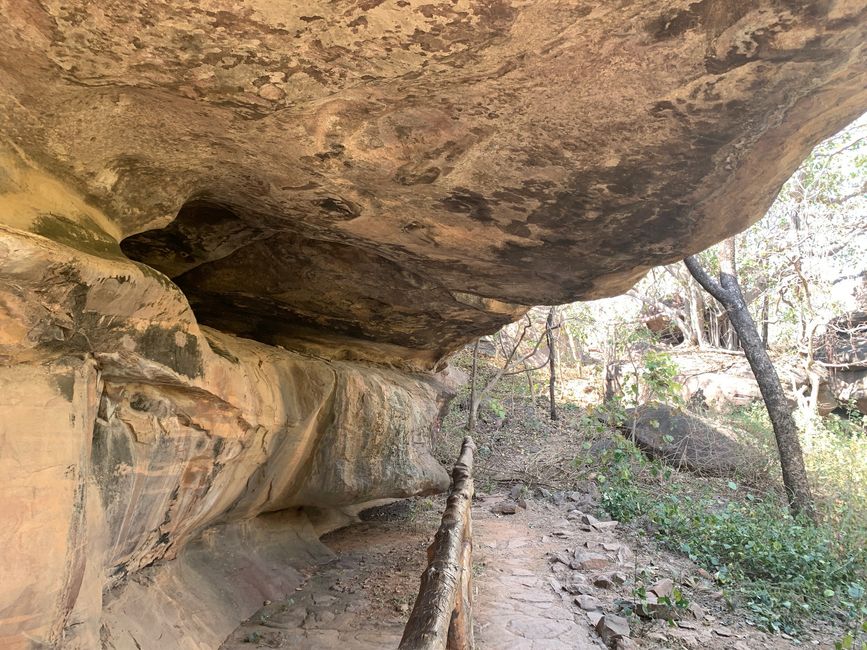
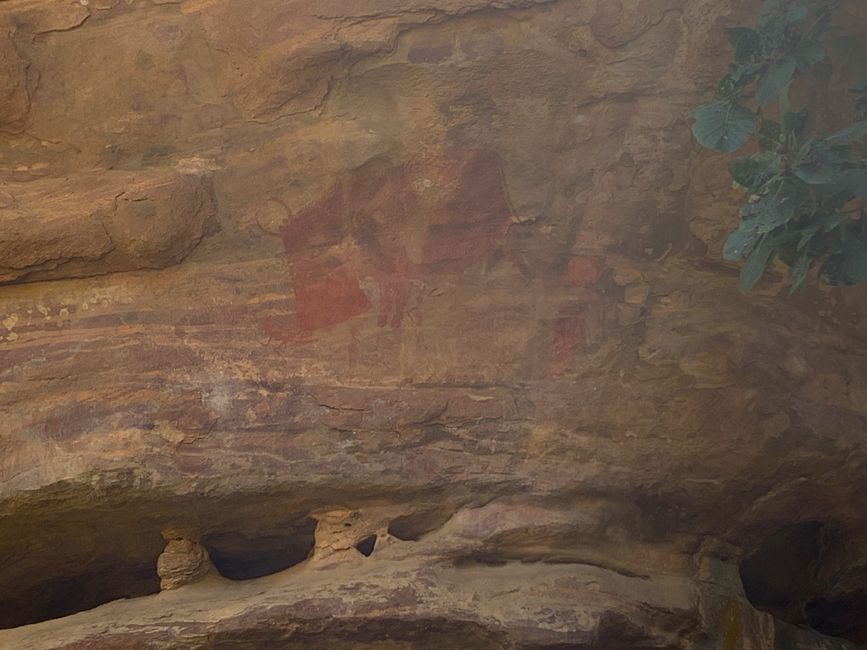
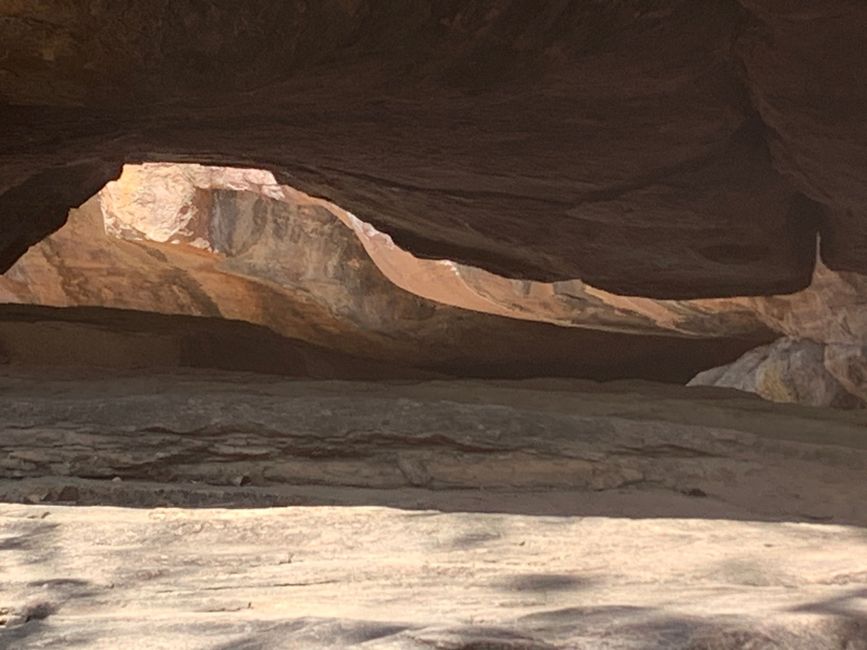
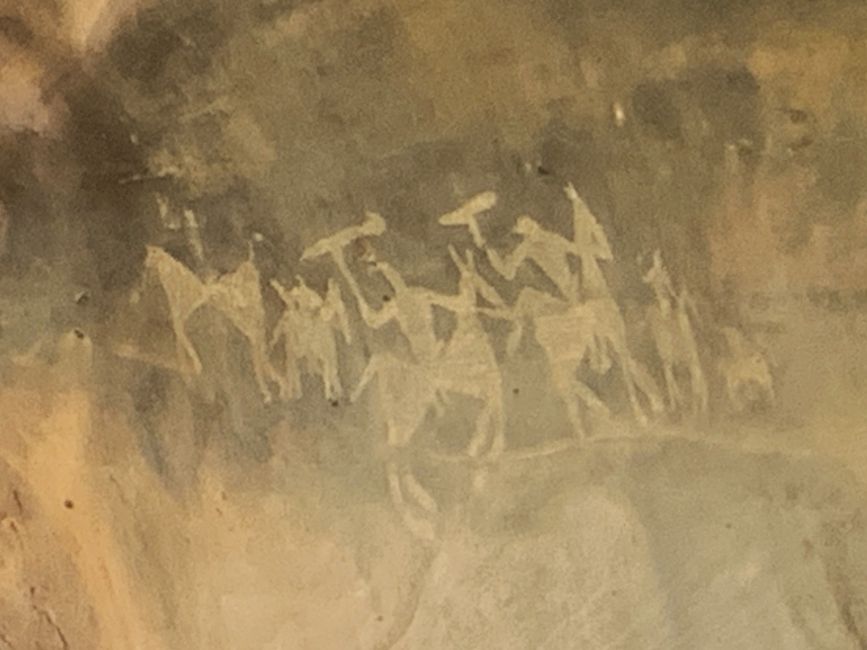
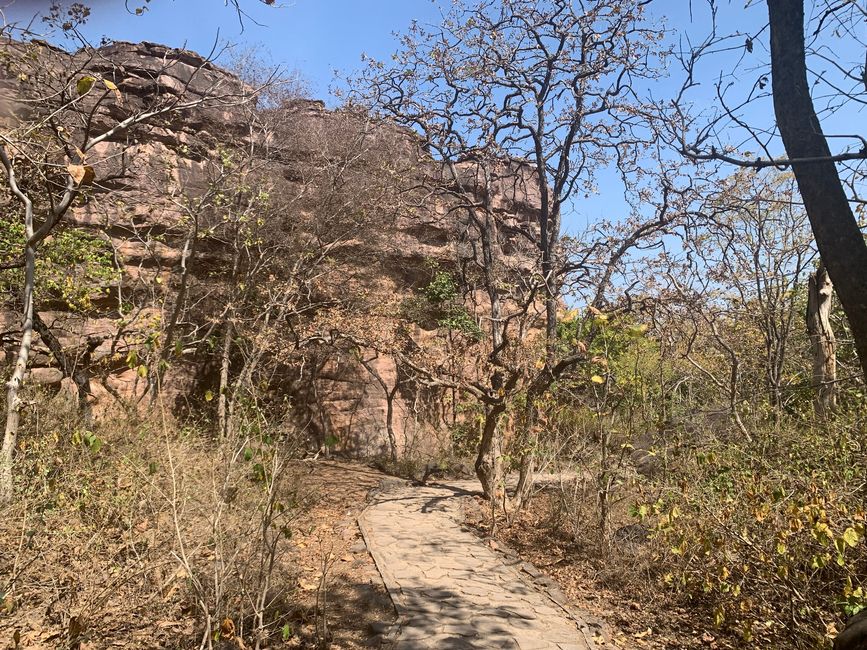
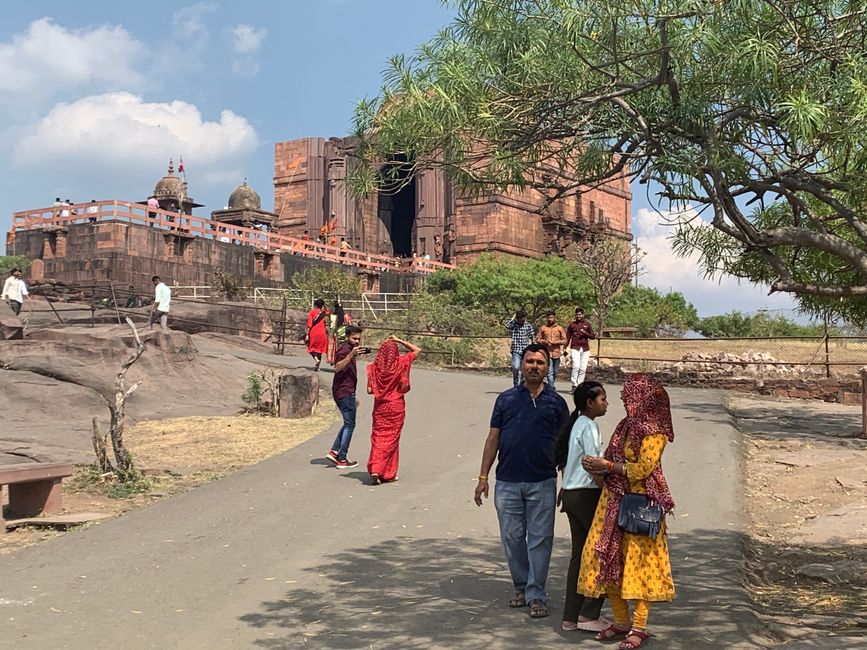
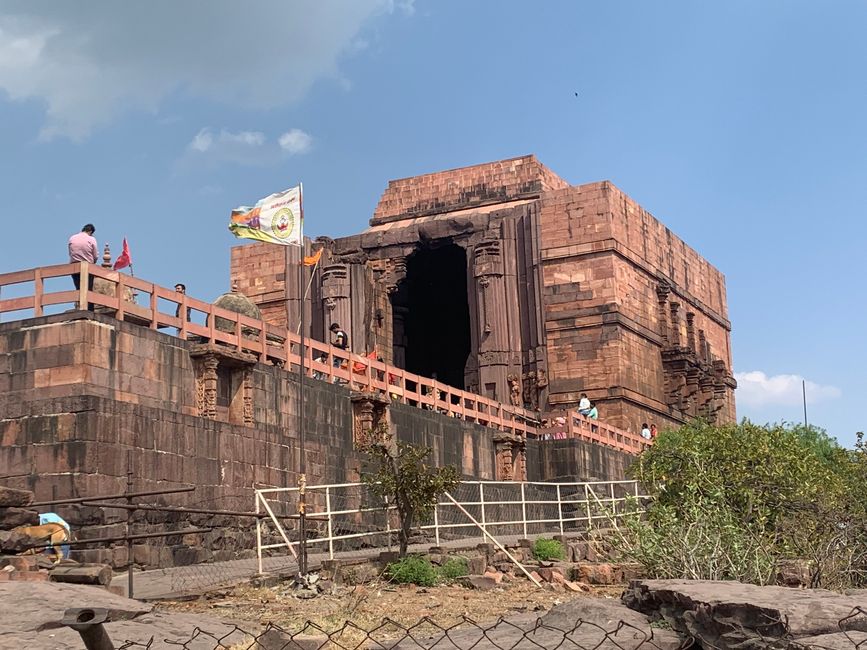
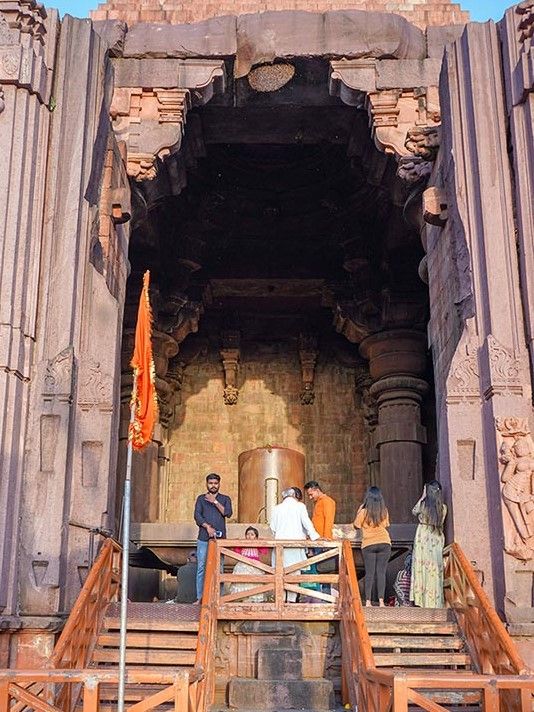
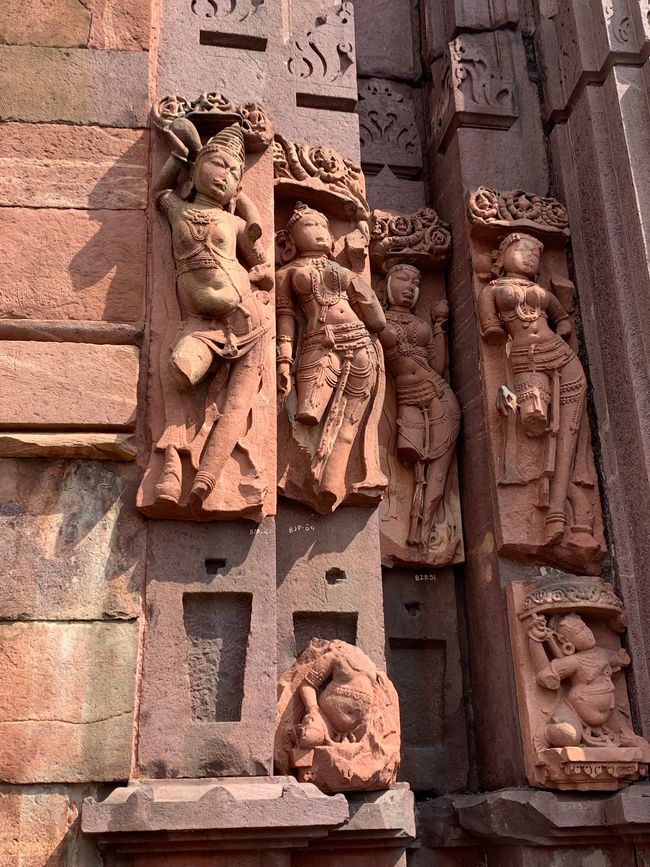
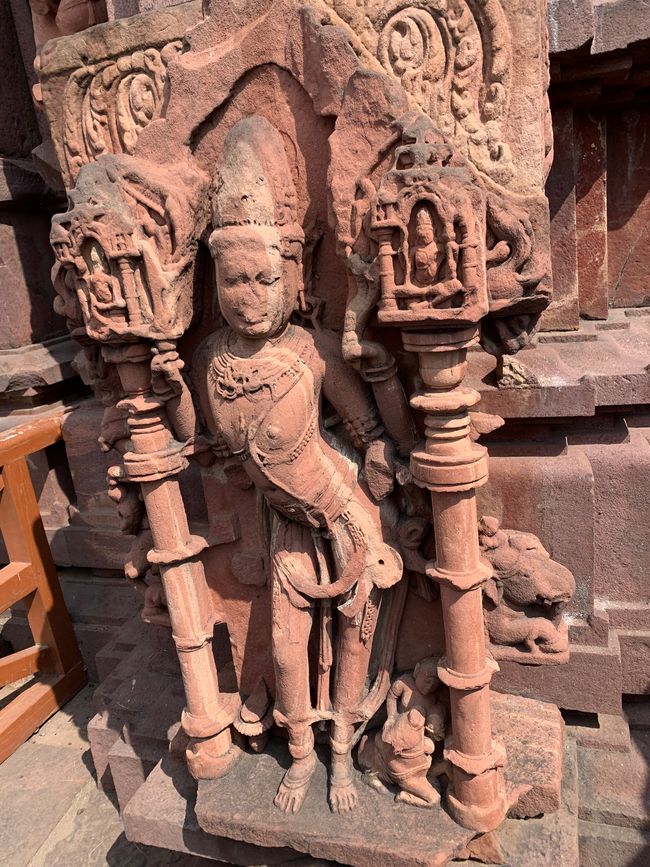
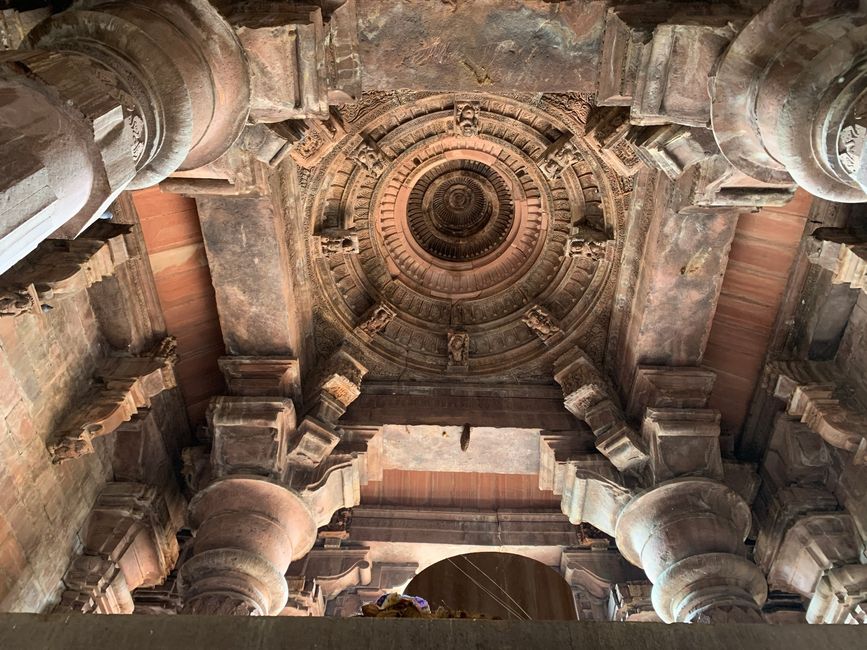
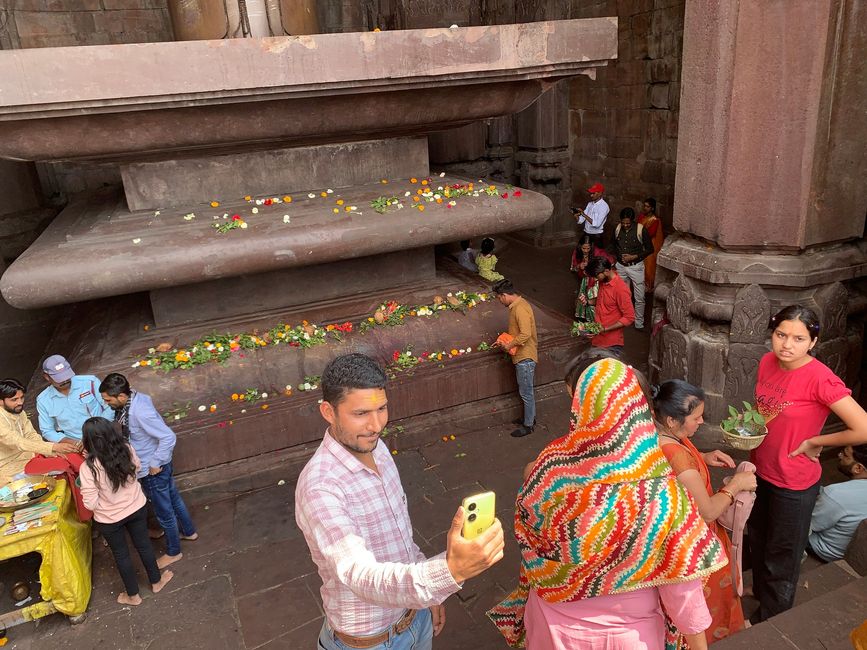
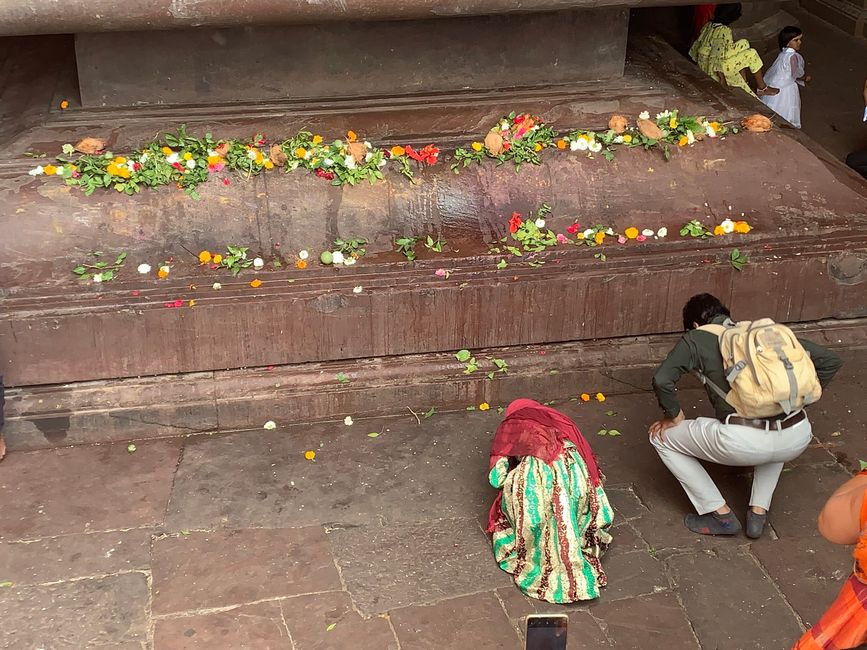
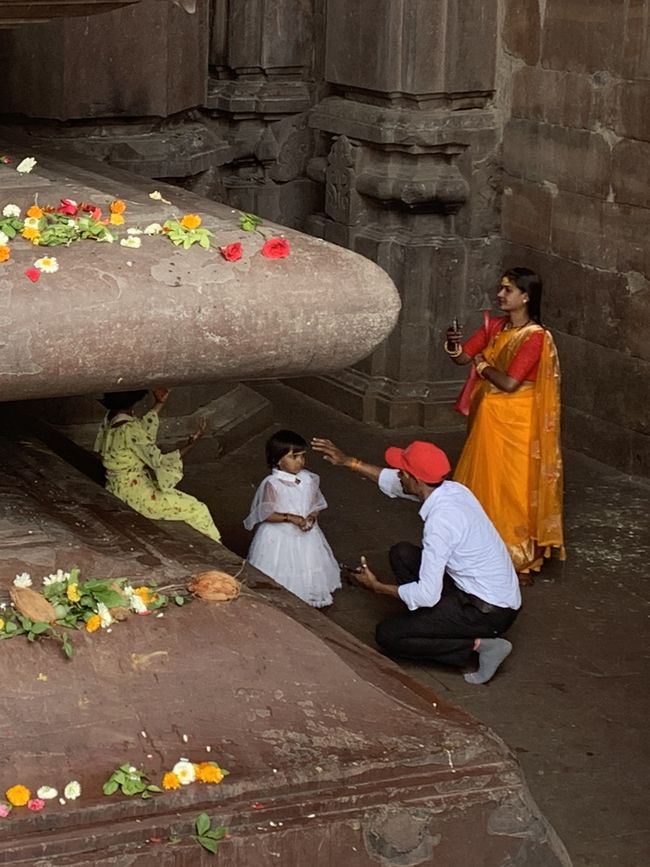
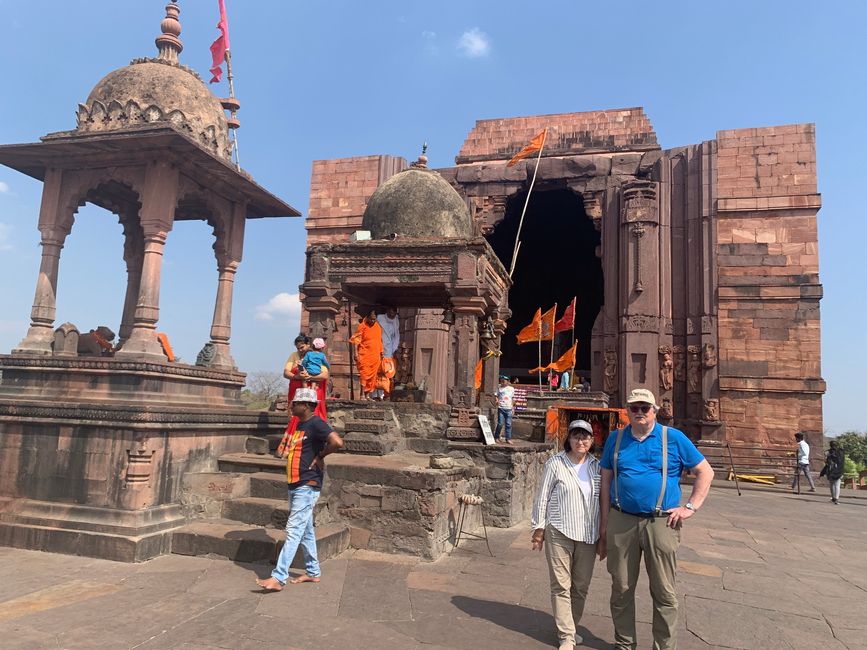
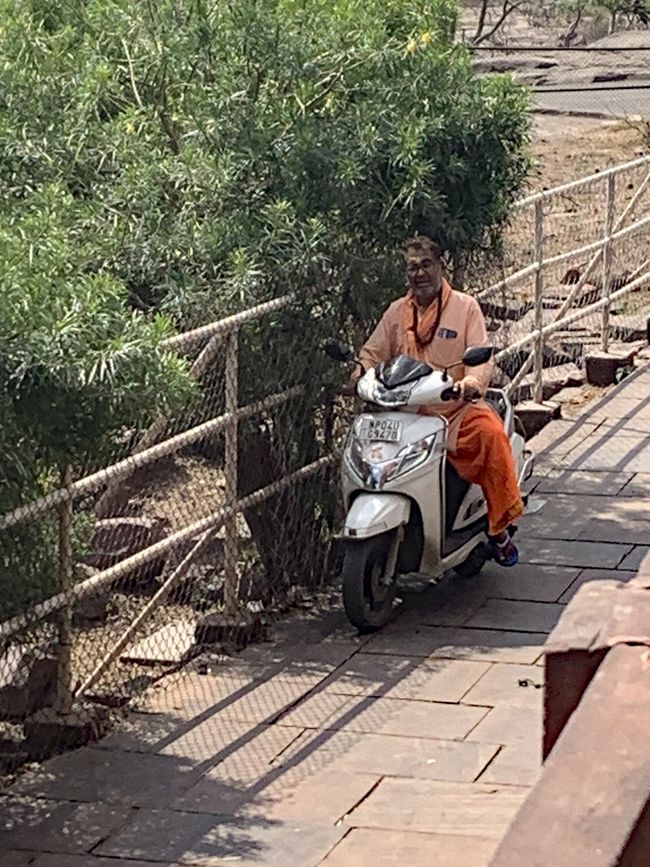
订阅时事通讯
Bhimbetka Rock Shelters
The Bhimbetka rock shelters are an archaeological site near Bhopal spanning the Paleolithic and Mesolithic and historical periods. It shows the earliest traces of human life in India and evidence of the Stone Age, which began in this place in the Acheulian period. A UNESCO World Heritage Site, it consists of seven hills and over 750 rock shelters spread over an area of 10 km. At least some of the accommodations were inhabited more than 100,000 years ago.
The rock shelters and caves are evidence of human settlement and the cultural development from hunter-gatherers to agriculture, as well as an expression of prehistoric spirituality.
Some of Bhimbetka's rock shelters have prehistoric cave paintings and the earliest are dated to 10,000 BC. B.C., which corresponds to the Indian Mesolithic. These cave paintings depict subjects such as animals, early evidence of dancing and hunting from the Stone Age, and warriors on horseback from a later period (perhaps the Bronze Age). The Bhimbetka site has the oldest known rock art in India. and is one of the largest prehistoric complexes. Strange-looking rock formations can also be found on the site.
Bhojpur Shiva Temple
Bhojeshwar Temple is an incomplete Hindu temple in Bhojpur village near Bhopal. It is dedicated to Shiva and houses a 2.3 m high lingam (non-pictorial symbol of the god Shiva) in its sanctum.
It is believed that construction of the temple began in the 11th century, during the reign of the Paramara king Bhoja. The construction was abandoned for unknown reasons and the architectural plans were engraved on the surrounding rocks. The unfinished materials left at the site, the architectural drawings carved into the rocks, and the Moorish signs have helped scholars understand the techniques of temple construction in 11th-century India.
By 1950 the building had become structurally weak due to regular rainwater intrusion and the removal of the stone cladding. In 1951, the site was handed over to the Archaeological Survey of India (ASI) for conservation. In the early 1990s, the ASI repaired the damaged steps of the platform and sanctuary and also restored the missing ones. In addition, the facade on the northwest corner of the temple was restored.
In 2006 to 2007, an ASI team again continued the restoration of the monument. The team added a missing column to the structure. The 12-ton column was crafted from a single stone by skilled masons and sculptors in a style true to the original.
Prior to this restoration in 2006–07, the building had been missing a roof since the 11th century. Based on this, there is a theory that the roof may have collapsed due to a mathematical error in calculating the load; Later circumstances might have prevented King Bhoja from rebuilding it.
The team closed the ceiling with a new architectural component that matched the original to prevent water intrusion. This fiberglass component weighs less than the original, reducing unnecessary weight that could damage the structure. To further prevent rainwater from penetrating, ASI also closed off the area between the wall and the superstructure with sloping stone slabs.
-------------------------------------------------- ----------------------------------
Bhimbetka Rock Shelters
The Bhimbetka rock shelters are an archaeological site near Bhopal that spans the Paleolithic and Mesolithic periods, as well as the historic period. It exhibits the earliest traces of human life in India and evidence of the Stone Age starting at the site in Acheulian times. It is a UNESCO World Heritage Site that consists of seven hills and over 750 rock shelters distributed over 10 km. At least some of the shelters were inhabited more than 100,000 years ago.
The rock shelters and caves provide evidence of human settlement and the cultural evolution from hunter-gatherers to agriculture, and expressions of prehistoric spirituality.
Some of the Bhimbetka rock shelters feature prehistoric cave paintings and the earliest are dated to 10,000 BCE, corresponding to the Indian Mesolithic. These cave paintings show themes such as animals, early evidence of dance and hunting from the Stone Age as well as of warriors on horseback from a later time (perhaps the Bronze Age).The Bhimbetka site has the oldest-known rock art in India, as well as is one of the largest prehistoric complexes.
Bhojpur Shiva Temple
The Bhojeshwar Temple is an incomplete Hindu temple in Bhojpur village close to Bhopal. Dedicated to Shiva, it houses a 2.3 m high lingam (non pictoral symbol of Shiva) in its sanctum.
The temple's construction is believed to have started in the 11th century, during the reign of the Paramara king Bhoja. The construction was abandoned for unknown reasons, with the architectural plans engraved on the surrounding rocks. The unfinished materials abandoned at the site, the architectural drawings carved on the rocks, and the mason's marks have helped scholars understand the temple construction techniques of 11th-century India.
By 1950, the building had become structurally weak because of the regular rainwater percolation and removal of the stone veneers. In 1951, the site was handed over to the Archaeological Survey of India (ASI) for conservation. During the early 1990s, the ASI repaired the damaged steps of the platform and the sanctum, and also restored the missing ones. It also restored the facade on the north-west corner of the temple.
During 2006–07, again an ASI team continued restoration of the monument. The team added a missing pillar to the structure. The 12-ton pillar was carved out of a single stone by expert masons and sculptors in a style that matches the original.
Before this restoration during 2006–07, the building painted a roof since the 11th century. Based on this, there is a theory that the roof could have collapsed due to a mathematical error made while calculating the load; subsequently, circumstances might have prevented King Bhoja from rebuilding it.
The team closed the ceiling with a new architectural component matching the original one, to stop the water percolation. This fiberglass component weighs less than the original one, thus reducing unnecessary weight which could damage the structure. To further prevent the rainwater from getting in, the ASI also closed the portion between the wall and the superstructure by placing slanting stone slabs.
订阅时事通讯
回答
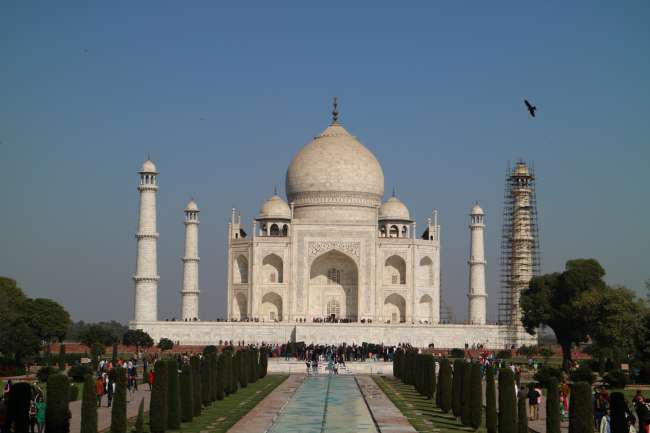
旅行报告印度
